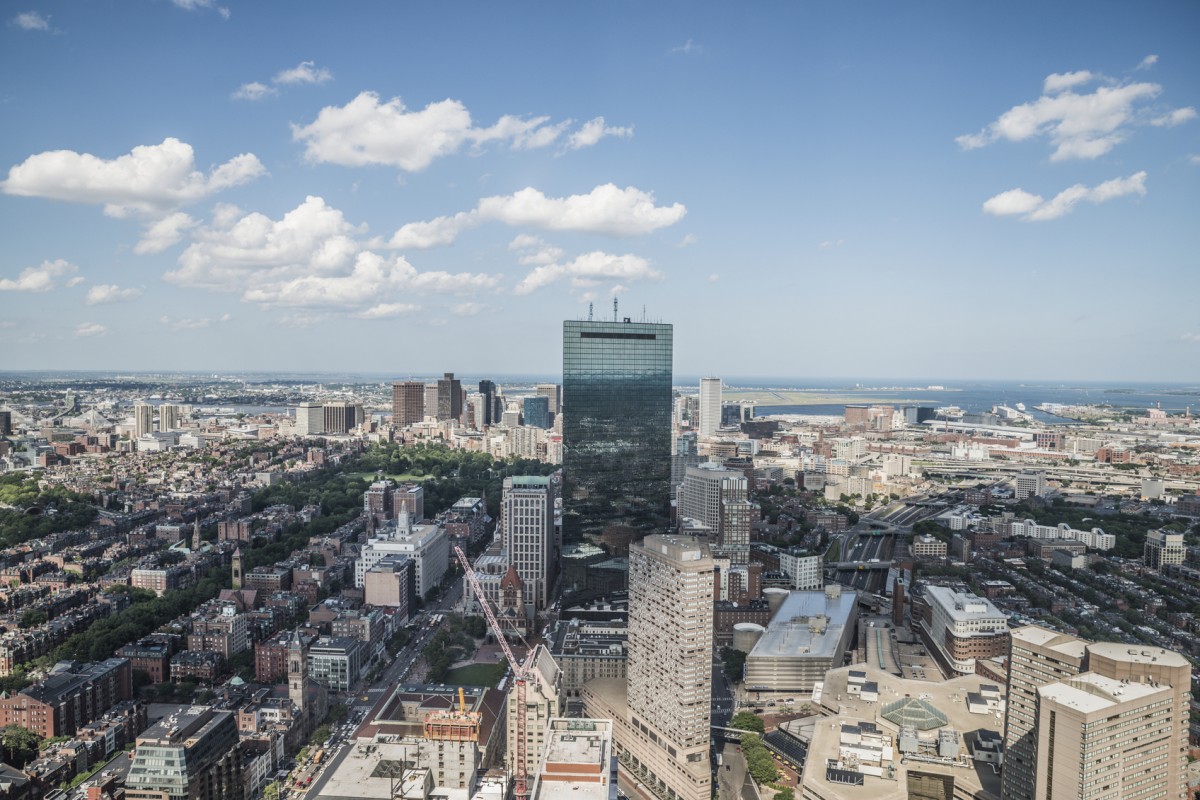Report Shows Growing Strain on Greater Boston’s Infrastructure

Photo via iStock.com / IVYPHOTOS
If you thought your morning commute was already a mess, wait until 2030.
A new report released on Tuesday by business group A Better City shows that Greater Boston will likely need vast improvements to its infrastructure in order to meet growing population and traffic demands.
Conducted by researchers at Northeastern University’s Dukakis Center for Urban and Regional Policy, the study projects that there will be an additional 117,000 commuters in the region over the next 15 years.
At least 80,000 more cars, trucks, and tractor trailers are expected to hit the streets and highways, an increase of about 5 percent from 2010. Logan Airport will likely see a 63 percent increase in passengers on domestic and international flights.
Public transportation is also expected to see a significant increase, to the tune of 6.8 percent, with the addition of more than 14,000 subway commuters, 11,000 bus and trolley commuters, and 1,000 commuter rail customers.
“It was kind of like a surgeon coming in, saying ‘I’m sorry, you thought your arteries were clogged. They’re actually nonfunctioning,’” A Better City chief executive Richard Dimino told the Boston Globe. “If we’re not successful in moving these people to transit, the implications are nightmarish.”
The terrifying possible future for Greater Boston’s traffic coincides with the area’s rapidly growing population.
Essex, Norfolk, Middlesex, Plymouth, and Suffolk counties are expected to increase in size from 4.1 million to 4.5 million people by 2030. Inside Boston’s Route 128 “inner core,” the population will grow by 17.5 percent, while the suburbs will see a 4.3 percent growth rate.
Surprisingly, the region’s youth population (ages 24 and under) is expected to fall by nearly 100,000, and the number of people ages 45-64 is expected to go down by 57,000.
The report projects that the population of 25 to 44 year olds will grow by around 140,000, while the number of aging Baby Boomers will grow in size by more than 380,000.
The growing number of people in the Greater Boston area is expected to put a bigger strain on energy resources, including electricity and natural gas, as well as other systems, such as the processing of waste and recycling services.

